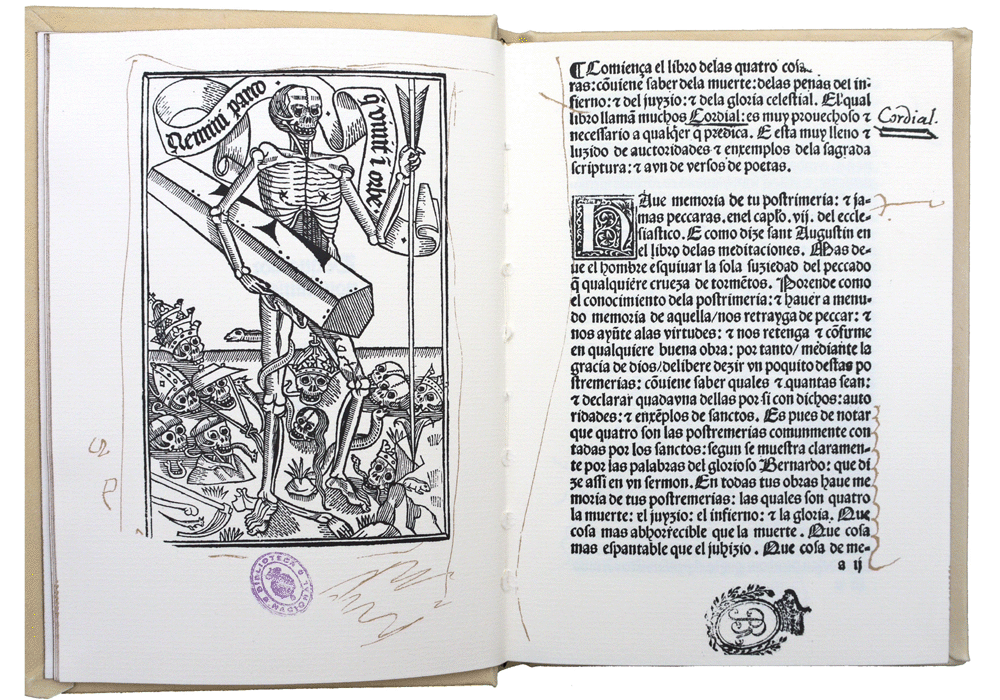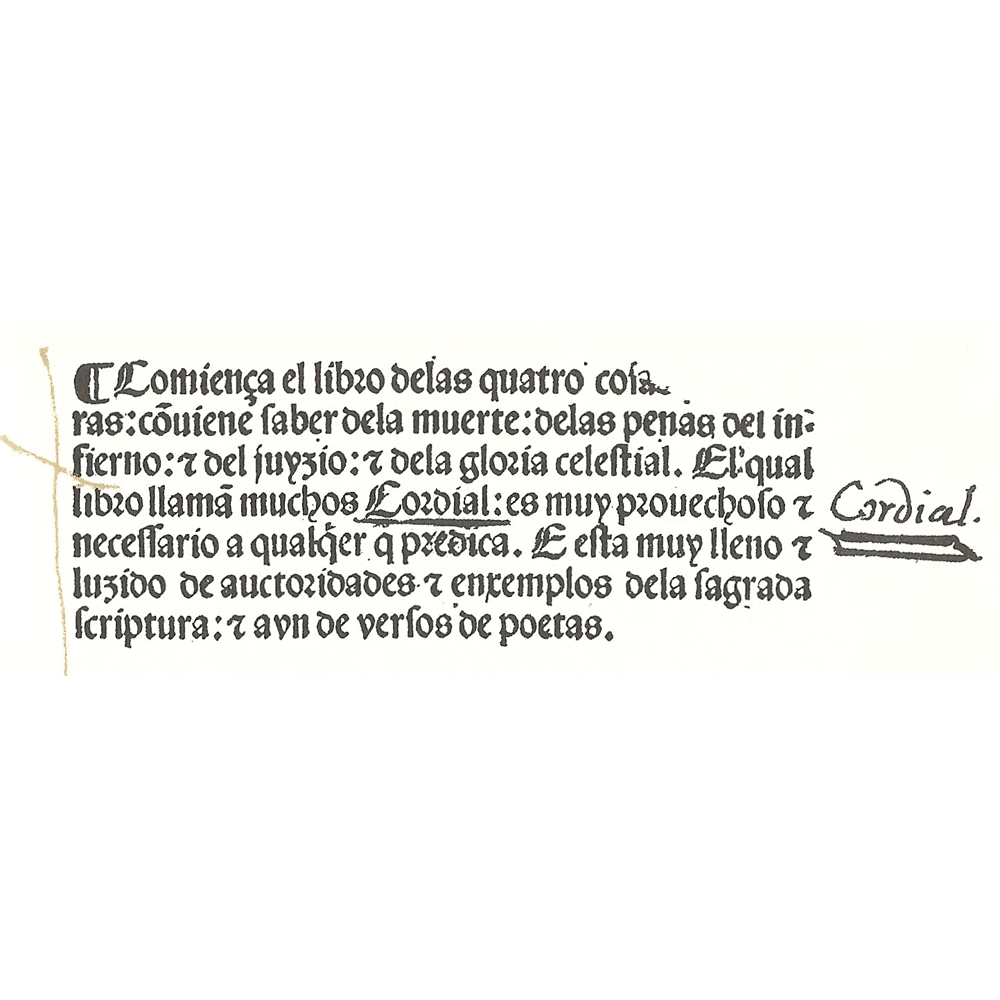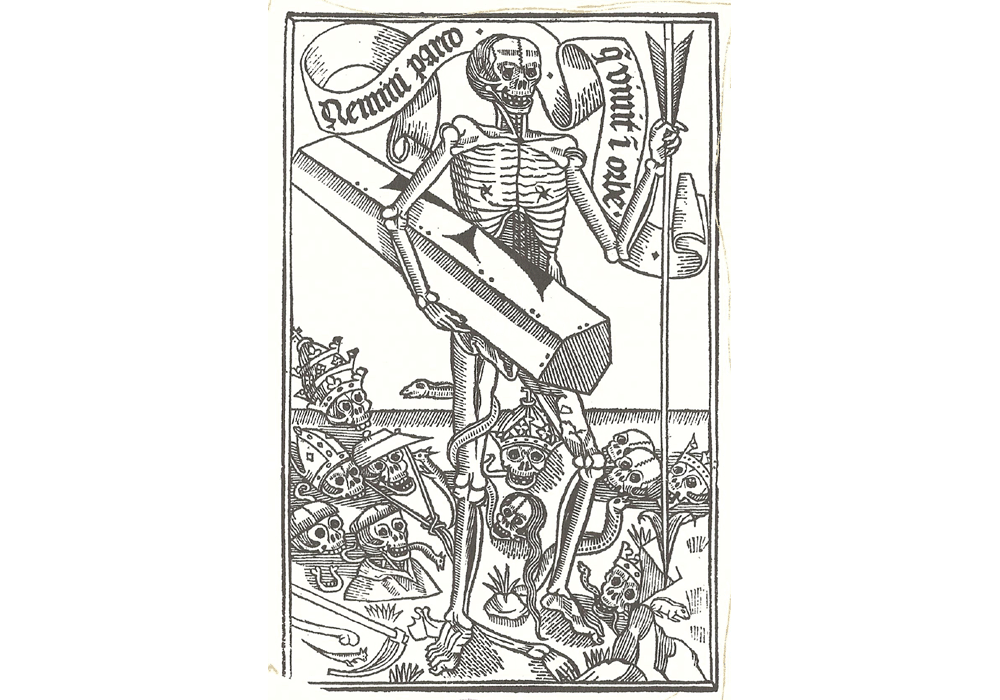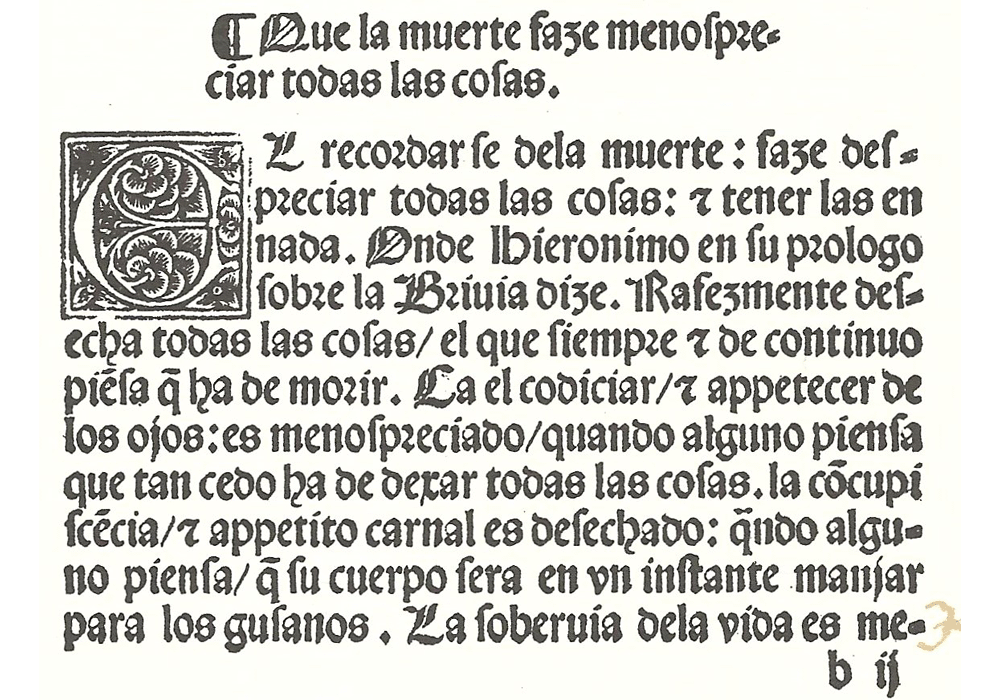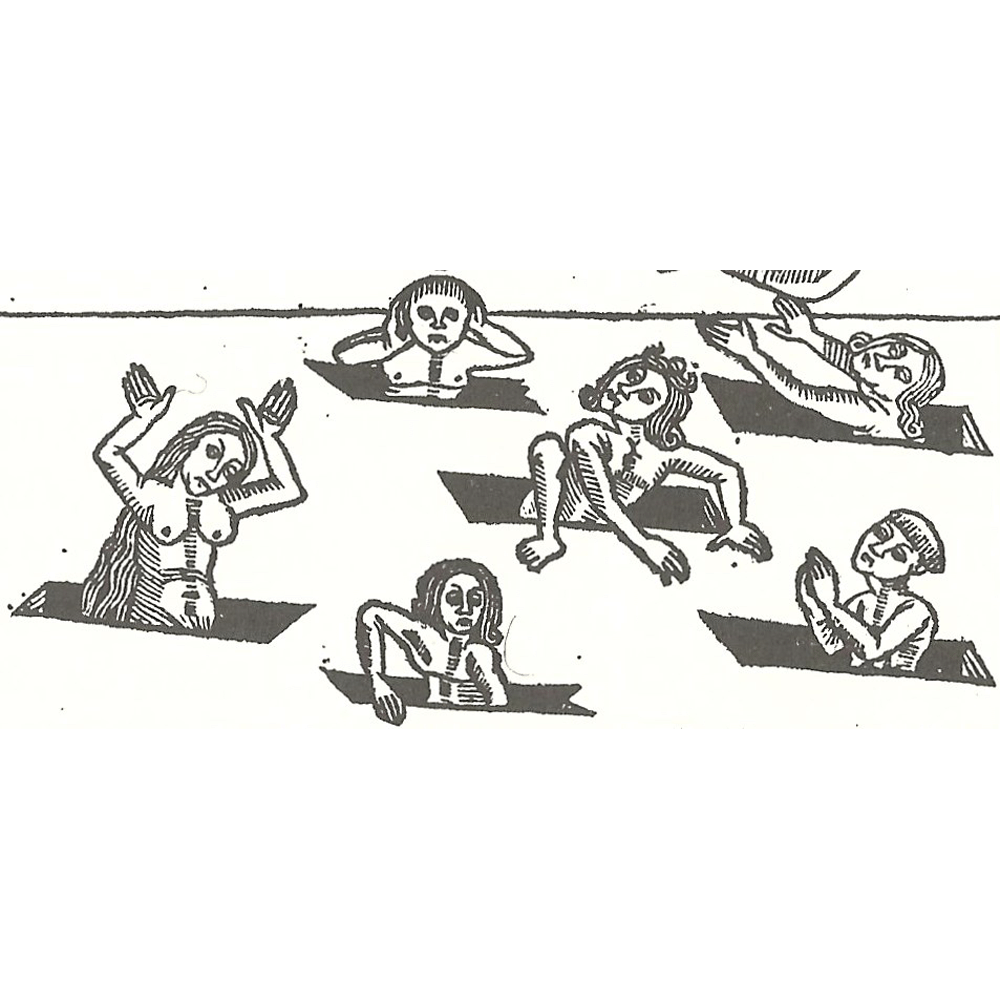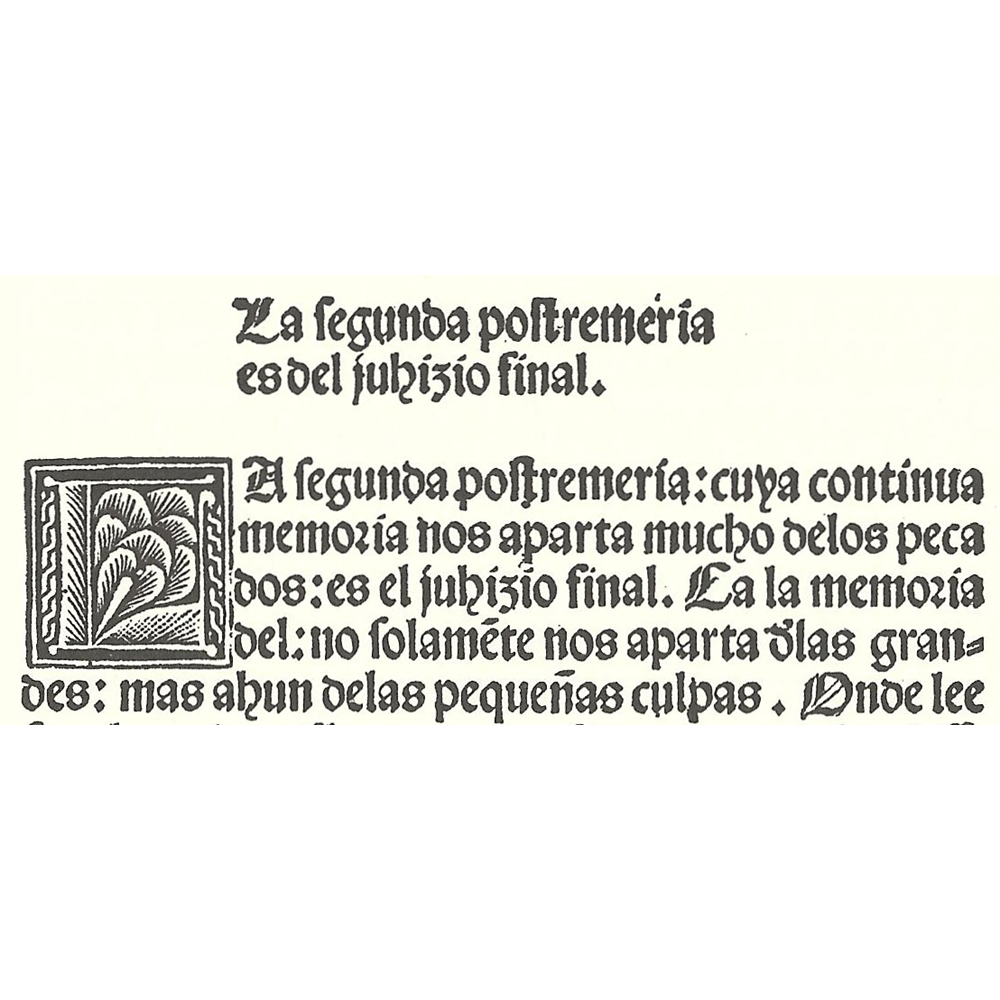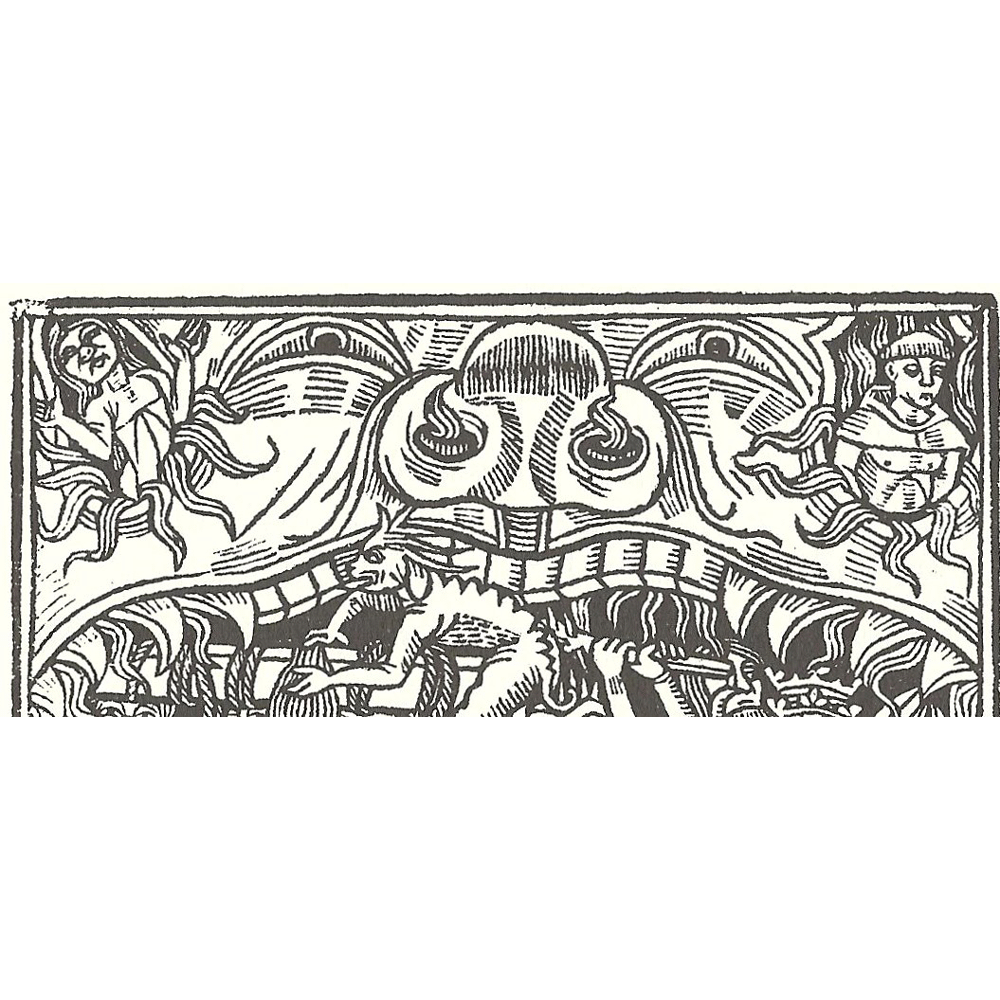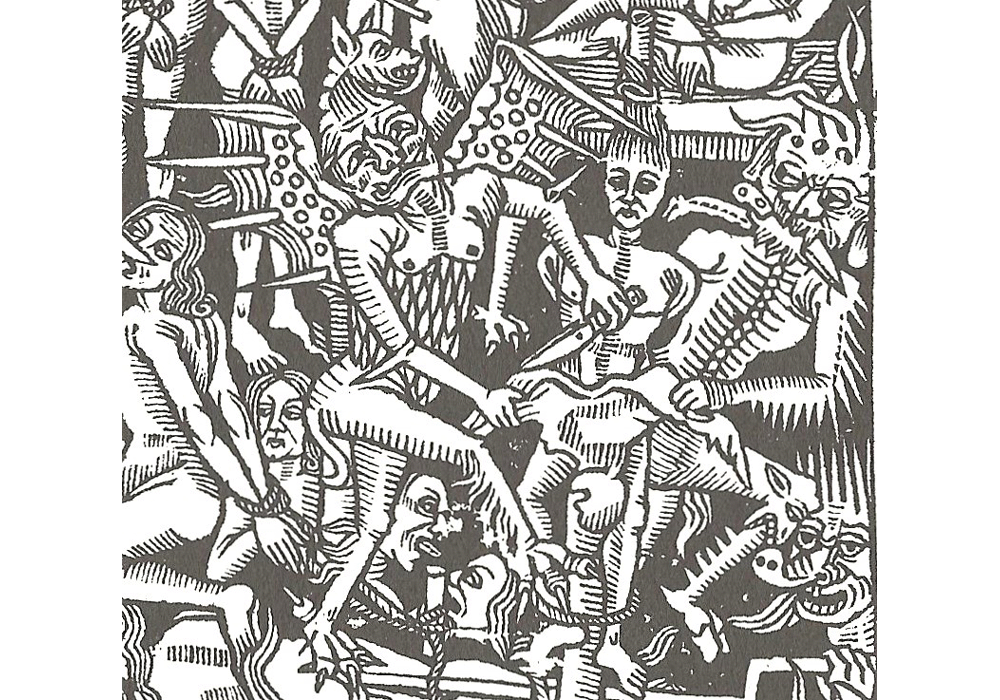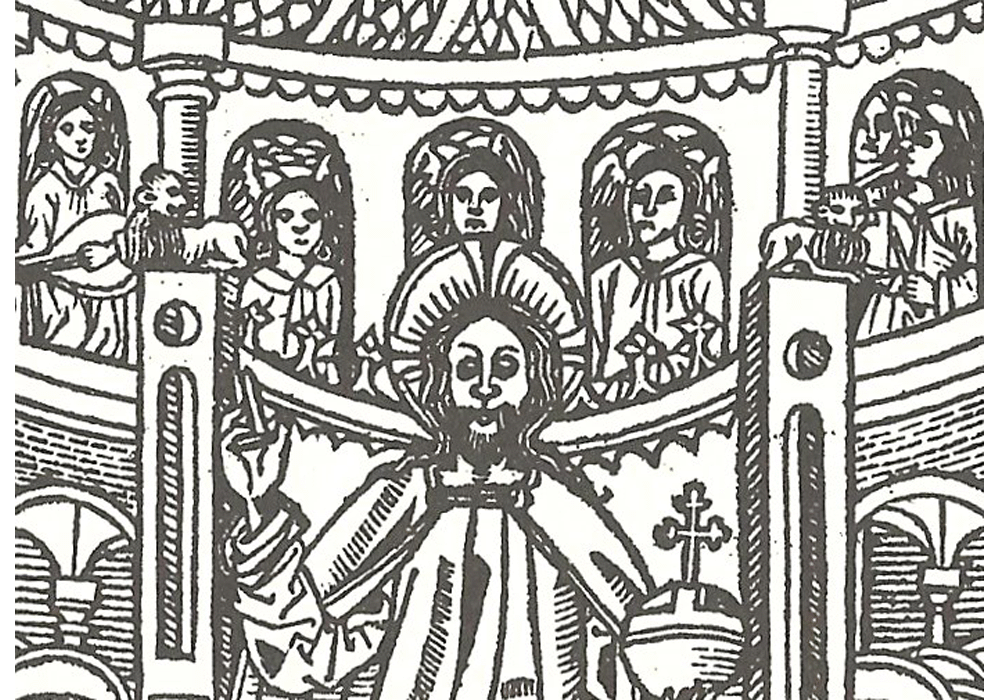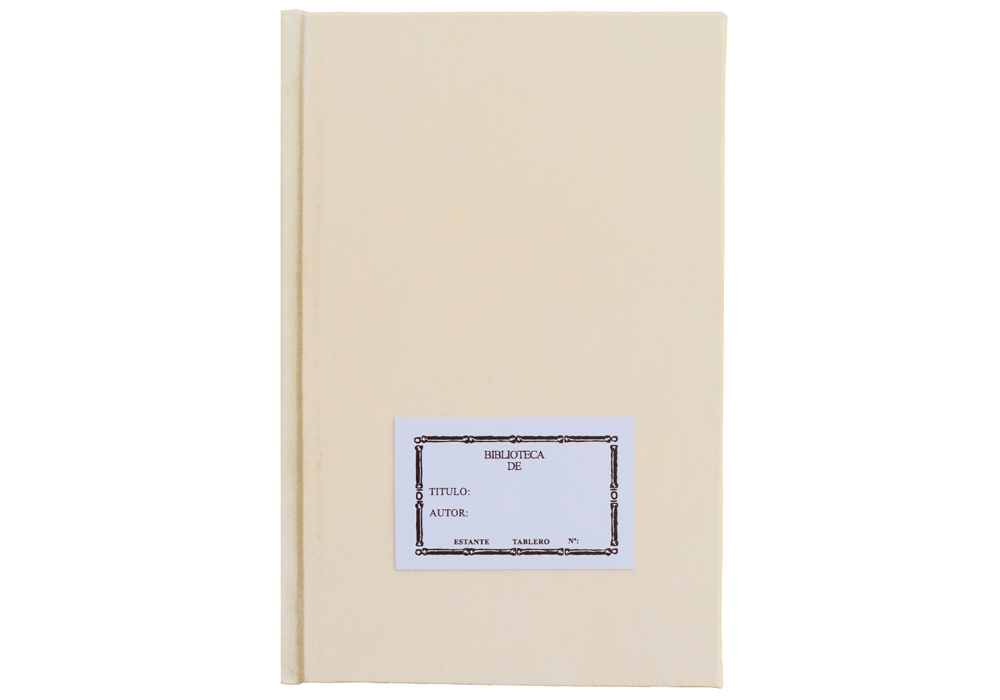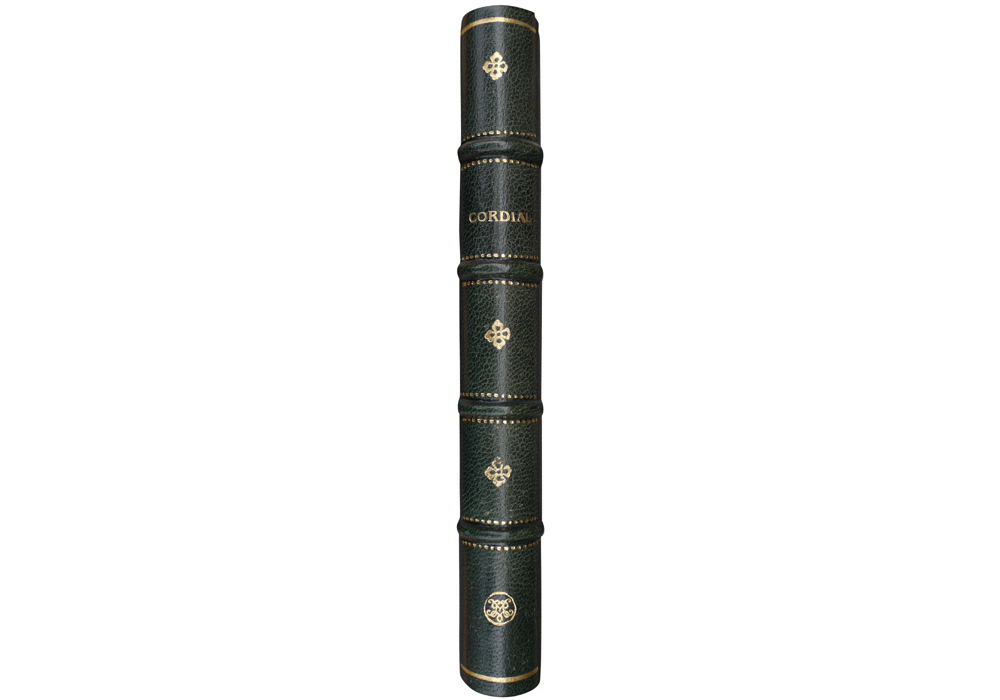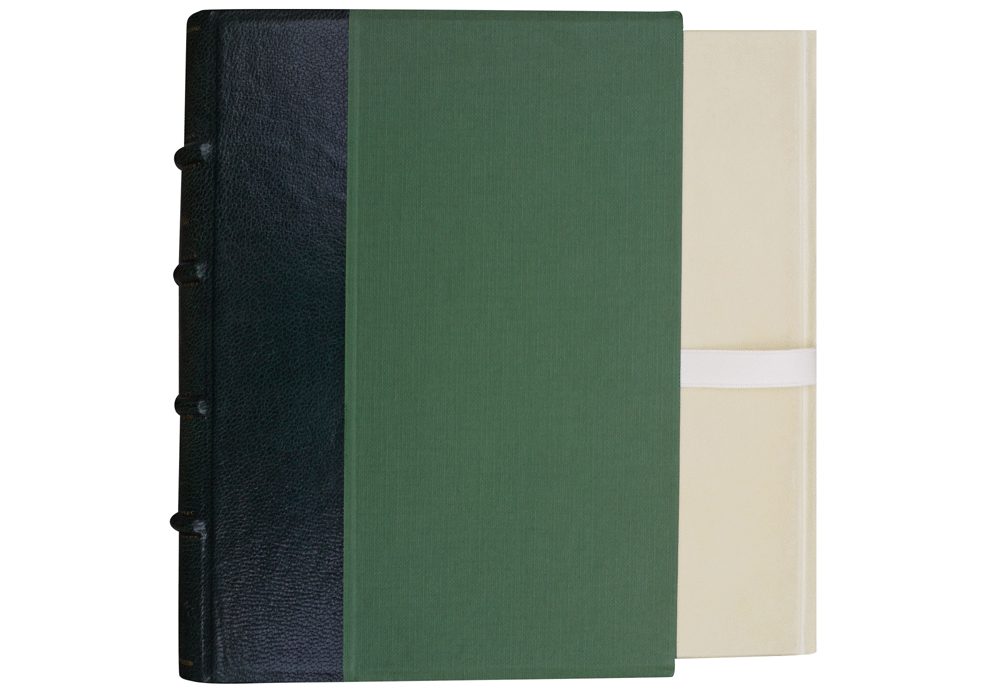|
|
|
| Seguir @vicentgarciaedi Twittear |
|
vgesa |

|
|
|
Synopsis: On the title page an abbreviated title: De quatuor nouisimis reminds us that we are in front of a text which has been repeatedly edited in the XV and XVI centuries; generally with a longer title Cordiale quattuor novissimorum, but we must not be confused: it's the translation to Castilian organised by Gonzalo García de Santa María, who introduces the heading of the second sheet: 'Comiença el libo de las quatro cosas postrimeras: conuiene saber de la muerte: de las penas del infierno: e del juyzio: e de la gloria celestial El qual libro llaman Cordial...' (the book starts with the last things of your life, about death, the pities of hell, of final judgement and of glory...) and it is added in order to encourage its reading: "E está muy lleno e luzido de auctoridades e enxemplos de la sagrada scriptura: e avn de versos de poetas" (it has full of examples from the Bible and verses from poets). There have been translations to Dutch, French and English. Everything points out to show that the book was highly acclaimed during the low Middle Age, as it was an excellent preparation for facing a good death. The author's name is not surely known. There are several names being considered. Only the name of the translator, already mentioned, informed at the colophon, preceded by the expression 'excellent doctor'. Each of the four parts is illustrated with a print on an entire page, it represents the death, with a coffin under an arm and a dart on the other hand in a field covered with skulls and tiaras, mytres, crowns and other symbols of power, the final judgement, when trumpets are played and the dead climb out of the grave, whilst the Lord, surrounded by saints, looks at the scene from his celestial court. Hell in the shape of a demon, in which fallen angels torture the condemned; heaven, with an enthroned Christ, surrounded by saints. It's the only known copy in the world, unfortunately incomplete, there are two sheets missing within the La quarta postrimeria... de la gloria de parayso and was part of the exposition in 1985 exhibited among different works in The New York Public Library under the title “Tesoros de España: Ten Centurias of Spanish Books". It is not surprising to see again the name of the German printer and editor Pablo Hurus in our collection, seen the richness, variety of subjects and complete usage of prints in the editions made in his workshop in Zaragoza. He, related to the Commercial Company of Ravensburg, is active first in Barcelona, as a business partner of Juan de Salzburgo, and later in Zaragoza as business partner of Enrique Botel, in 1476. Since 1480 his Workshop in Zaragoza worked non stop until 1499, when he transfers it to Jorge Coci, Leonard Hutz and Lope Appenteger. In his absence, his brother John substitutes him. Once he transferred the workshop he left for Constance, his birth town. Hurus had the collaboration of a magnificent team of Aragones humanists, among them, the Castilian translator of the Cordiale quattuor novissimorum, the jurist Gonzalo García de Santa María. These collaborators selected and prepared to the printer, corrected many texts which were illustrated using the woodblocks bought in Germany.
|
IBIC Rating: |
||
|
AC History of art / art & design styles |
1D Europe
|
|



